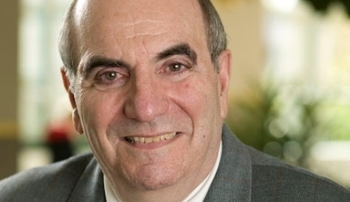UNMC pediatric oncologist, Peter Coccia, M.D., was chairman of a national panel that developed new guidelines for the diagnosis, treatment and after therapy for adolescents and young adults with cancer.
The adolescent and young adult (AYA) group includes individuals between the ages of 15 to 39 years and represents a challenging age group for onocologists to treat successfully.
 |
Peter Coccia, M.D. |
The guidelines were developed through the National Comprehensive Cancer Network.
Awareness needed
“There is an urgent need for increased awareness of the many unique issues responsible for these poor outcomes in AYA oncology patients,” said Dr. Coccia, who is Ittner professor and vice chairman of pediatrics at UNMC. “We hope and believe these new guidelines will make a difference in how these patients are managed throughout the course of their disease.”
The guidelines address many of the factors responsible for the disappointing results in AYA patients, which include:
- Low enrollment in clinical trials comparative to patients in other age groups;
- Comparative lack of adequate health insurance and access to health care; and
- Lower compliance with their prescribed treatments.
Multidisciplinary approach
Dr. Coccia — chairman of the NCCN AYA Oncology Panel and a member of the NCCN board of directors — and the panel advised that AYA patients be referred to cancer centers with the expertise and experience to treat this age group.
The panel also called for:
- Improved enrollment in clinical trials;
- The need for a multidisciplinary approach to treatment; and
- Specific attention to the special physical and psychosocial issues that AYA patients face as critical components in delivering state-of-the-art care.